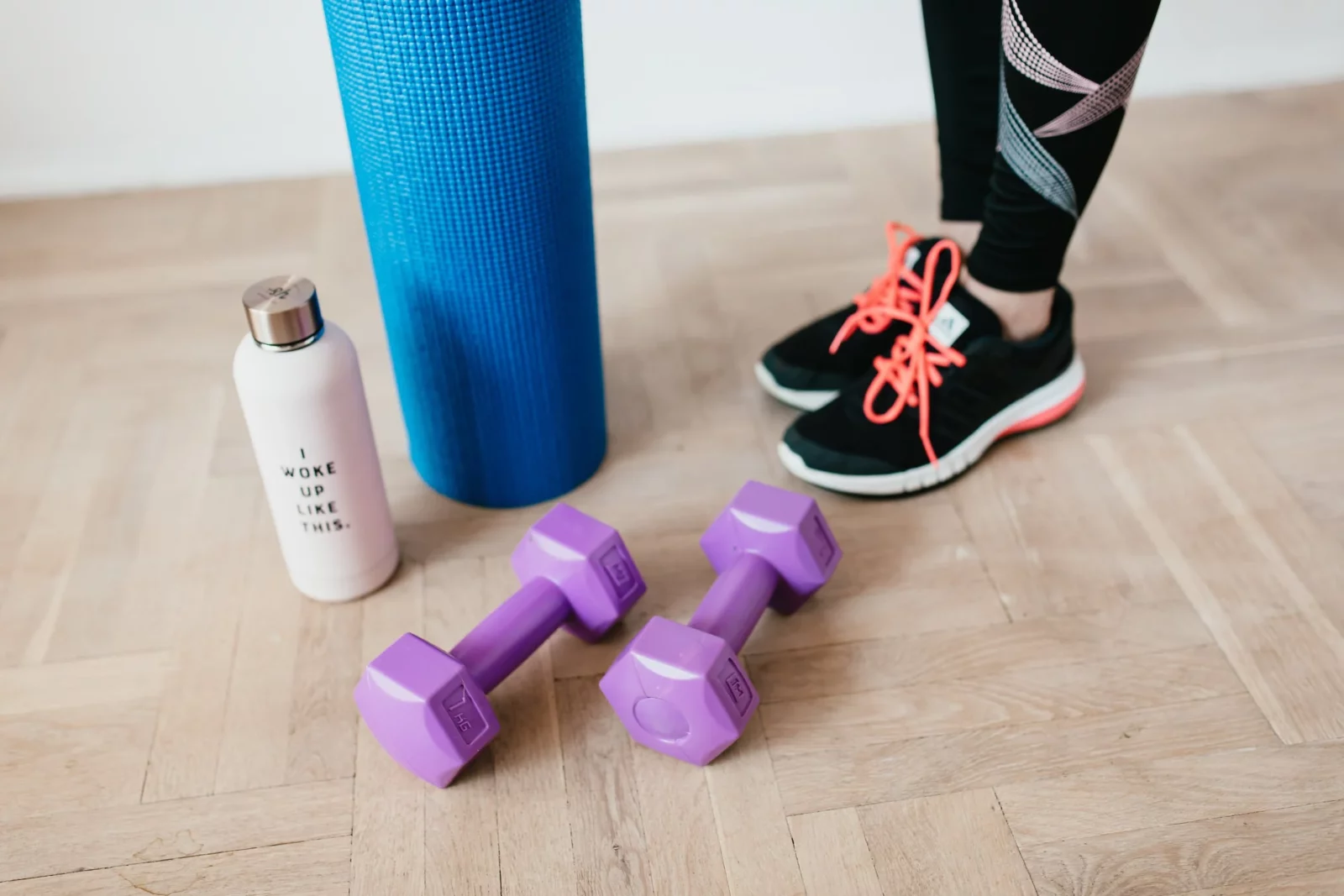Home Exercise Tips
Rising home gym usage leads to a spike in exercise-related injuries during the pandemic; experts offer tips for safer workouts.
In Philadelphia, doctors have reported a surge in exercise-related injuries in recent years, with herniated disks, muscle strain, face lacerations, and scratched corneas among the most common injuries. The COVID-19 pandemic has only exacerbated this trend, with more individuals relying on at-home gym equipment after the closure of local fitness centers.
According to a new report by Medicare Advantage.com, the number of people who sustained injuries while exercising in 2020 skyrocketed by 49% compared to the previous year, resulting in 37,000 cases nationwide. This is a worrying trend as exercise is meant to promote physical fitness and well-being, but these injuries can be debilitating and have long-term effects on one’s health.
The report further highlights that people new to exercise or engaging in high-intensity workouts are more susceptible to injuries. In addition, improper use of exercise equipment or failure to warm up before exercising can also lead to injuries.
The rise in exercise-related injuries has put a strain on the healthcare system, with emergency rooms and urgent care facilities seeing an influx of patients with exercise-related injuries. Medical professionals are urging individuals to exercise caution and seek guidance from certified trainers to avoid injuries.
In response to the rising number of injuries, fitness equipment manufacturers have been urged to improve safety features and provide proper guidelines for use. As the pandemic continues, it is essential for individuals to prioritize their health and well-being but also to exercise caution to prevent injuries that can be detrimental to their physical and mental health.
To prevent exercise-related injuries, Philadelphia-area doctors offer several tips to remember. First and foremost, it’s essential to know your limits. As Stephen Stache Jr., chief of non-operative sports medicine at Rothman Orthopaedic Institute, advises, “Listen to your body and don’t push it beyond what it’s capable of.” Additionally, it’s crucial to set up your home gym properly. This includes selecting equipment that fits your space and ensuring you have enough room to move around freely. For example, an elliptical machine requires a seven-foot ceiling to prevent injury.
It’s also vital to research safety ratings before purchasing equipment. Cheaper models of treadmills, for instance, may have bolted frames that can snap over time, causing injury. Proper maintenance can help prevent such accidents. Additionally, Stache warns that exercising in a room that is too cold or too hot can lead to muscle strains or dehydration, respectively. To avoid injury, be sure to control the temperature of your workout space.
Learning proper technique is another key factor in preventing exercise-related injuries. Ankle sprains, muscle strains, and twisted knees are common injuries that can result from using equipment incorrectly. Proper form and posture are essential to preventing injuries, as Jeremy Simon, chief of physical medicine and rehabilitation at Rothman Orthopaedic Institute, notes. Simon once treated a patient who had developed a herniated disk in their neck from the improper form while lifting weights, The Philadelphia Inquirer reported.
Warm-up and cool-down exercises are also crucial to preventing injuries. Taking a few minutes to stretch and release tension before and after exercising can help prevent sprains and strains. Additionally, wearing proper footwear is essential, especially for high-impact exercises. Simon recommends selecting supportive shoes that can prevent overpronation, which is when your feet turn inward during a workout, causing strain on muscles, tendons, and ligaments.
Finally, choosing age-appropriate exercises that suit your fitness level is essential. Teenagers, for example, should avoid lifting heavy weights or engaging in practices that could cause injury to their growing spines. Adults should be mindful of their bodies and avoid working out when tired, which can increase the risk of injury. Older adults may need to focus on core strengthening and flexibility exercises to maintain mobility and avoid falls. By taking these precautions, you can prevent exercise-related injuries and maintain a safe and healthy fitness routine.
Related posts:
 Affordable Rental Provider Repays $710K to Arlington County
Affordable Rental Provider Repays $710K to Arlington County
 Simplified Home Office Deduction in 2023
Simplified Home Office Deduction in 2023
 Maximizing Home Renovation Success: The Transformative Power of Color and Lighting
Maximizing Home Renovation Success: The Transformative Power of Color and Lighting
 UVM-Burlington Student Housing Agreement: A Collaborative Solution to Campus Housing Challenges
UVM-Burlington Student Housing Agreement: A Collaborative Solution to Campus Housing Challenges
 Understanding Redlining in Las Vegas and Its Impact on the Westside
Understanding Redlining in Las Vegas and Its Impact on the Westside



